Premier Guitar caught up with Lucinda Williams’ band in the midst of their recent tour. Williams’s music blends the best of Americana and blues with nods to folk and rock. Bassist David Sutton and guitar slinger Stuart Mathis stay true to the music with a wonderful array of classic gear, while Williams’s minimalist setup reflects her rootsy songwriting approach. Williams’ stage tech Justin Bricco and Mathis give us the lowdown.
Lucinda Williams' Gear
Guitars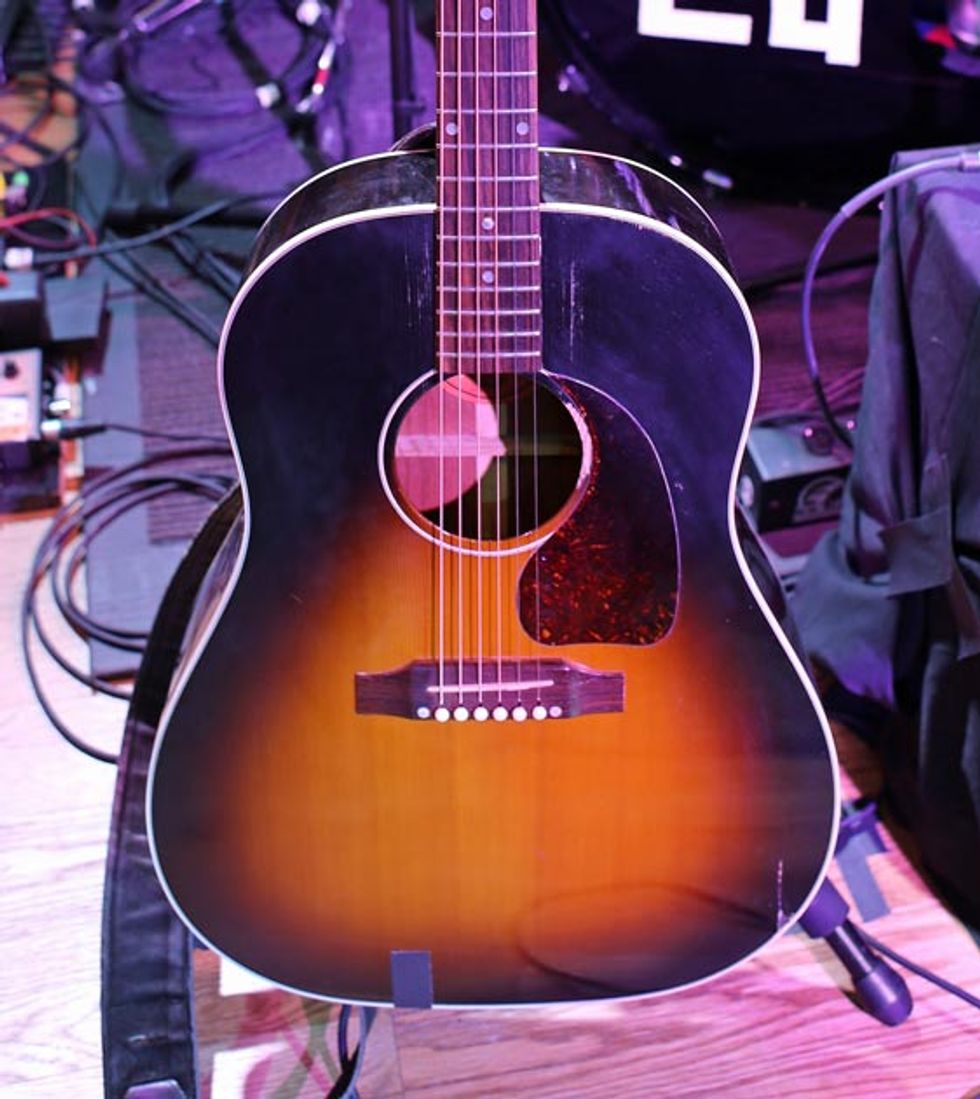
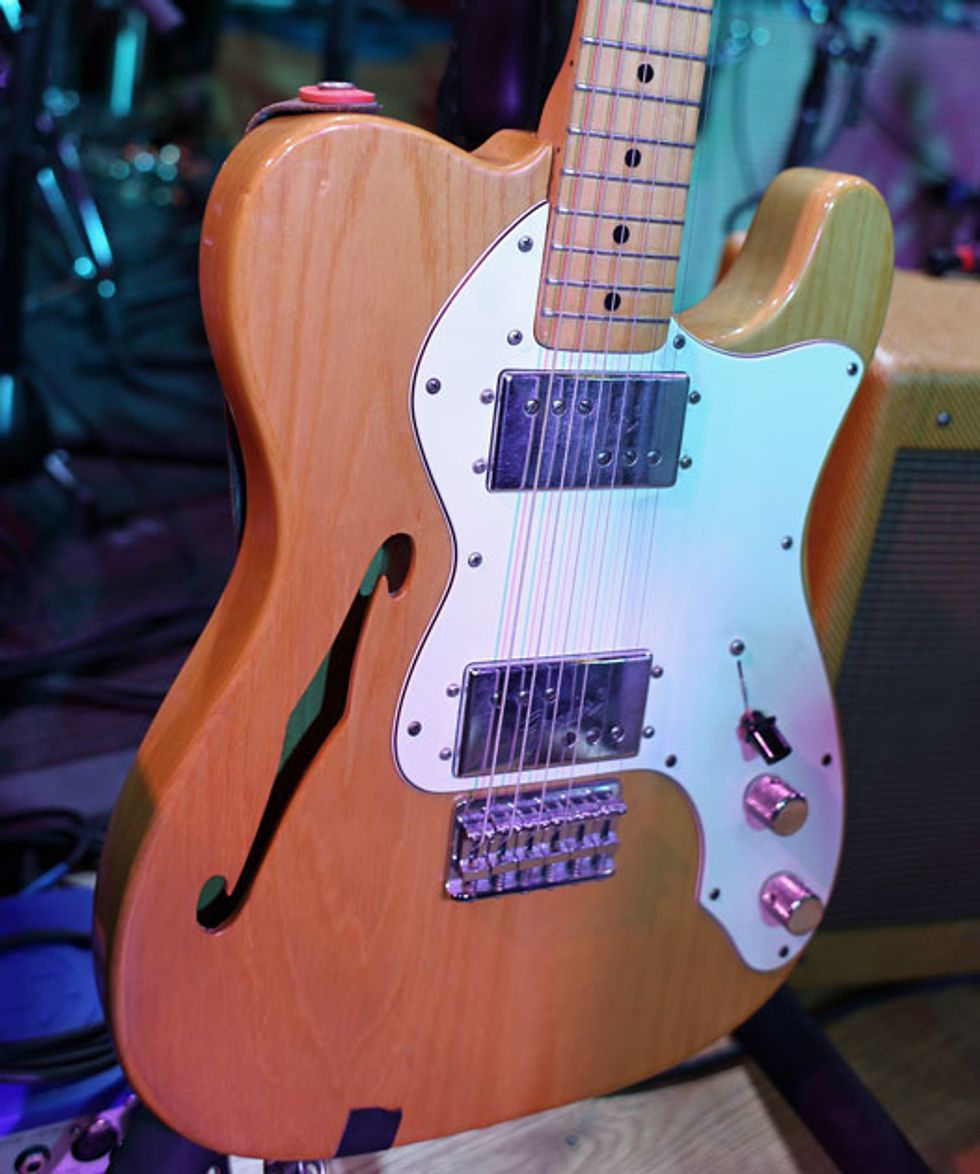
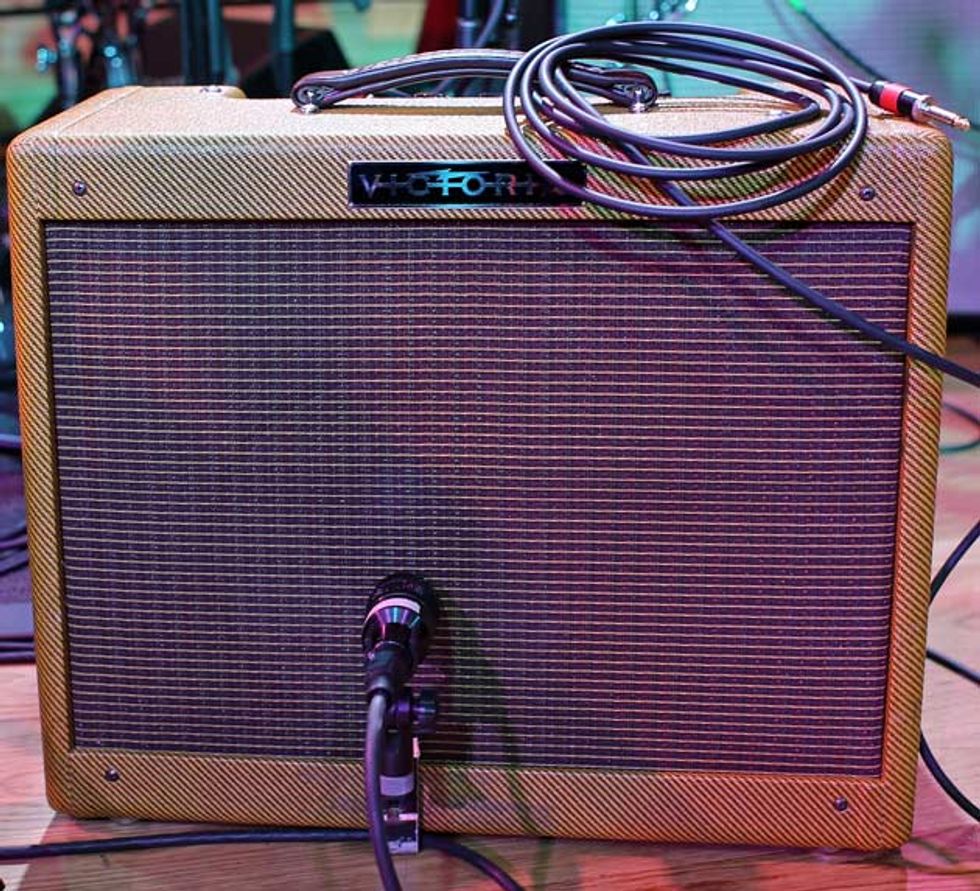
Stuart Mathis' Gear
Guitars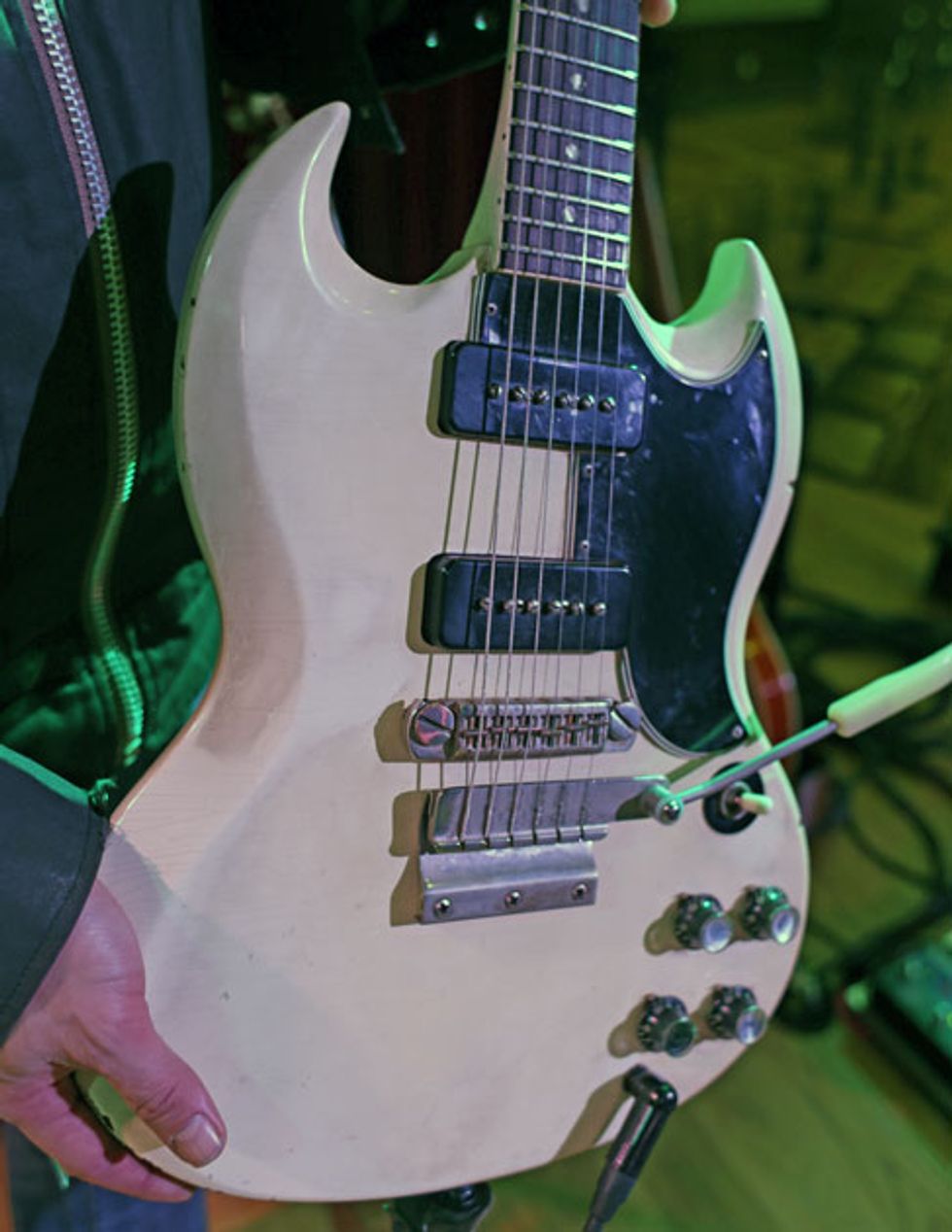
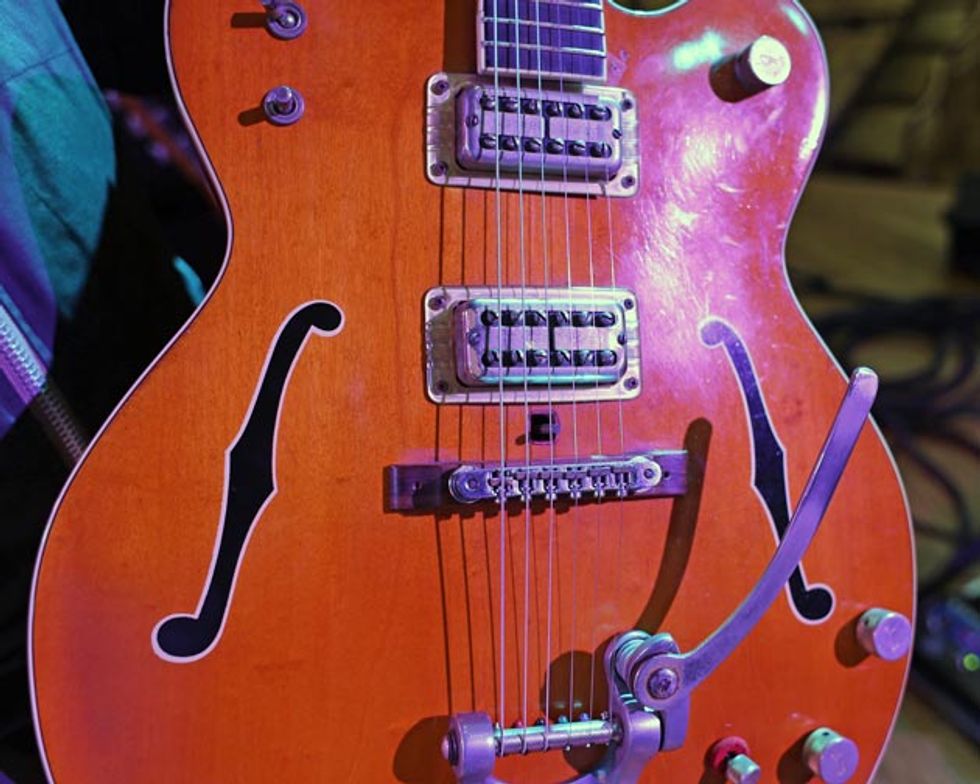
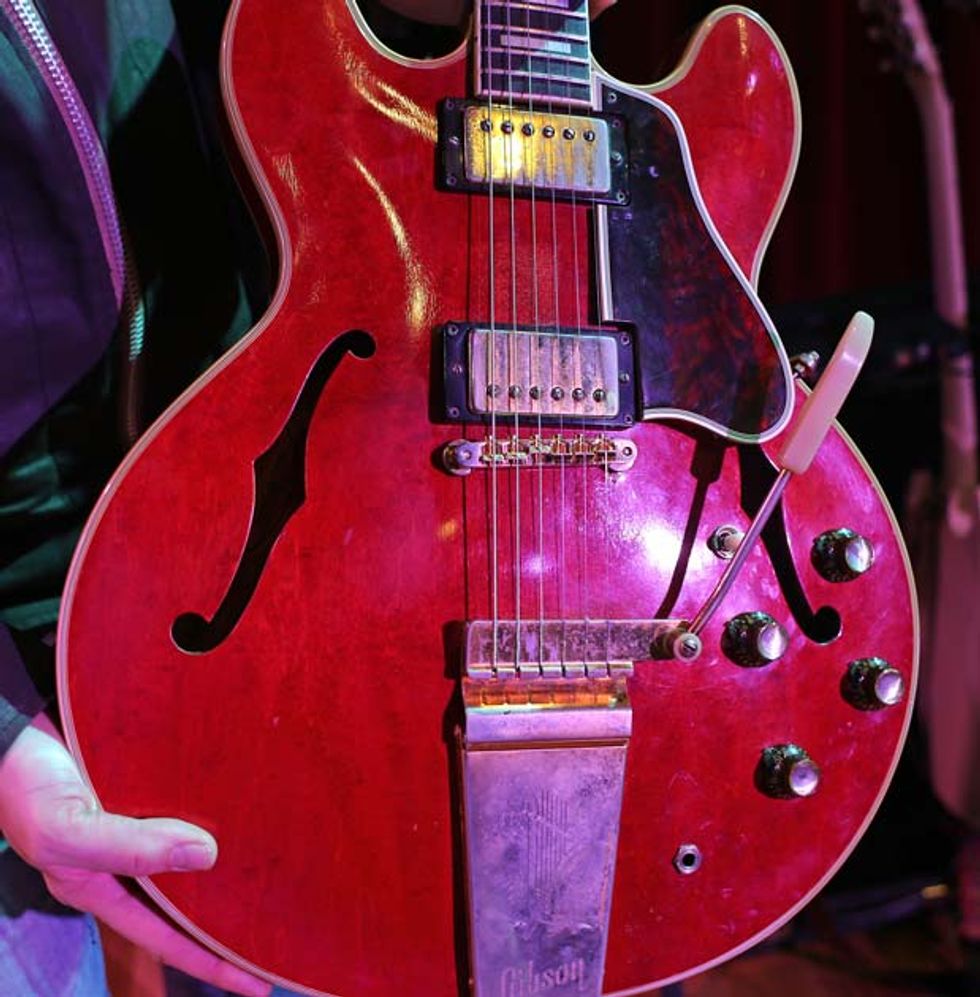
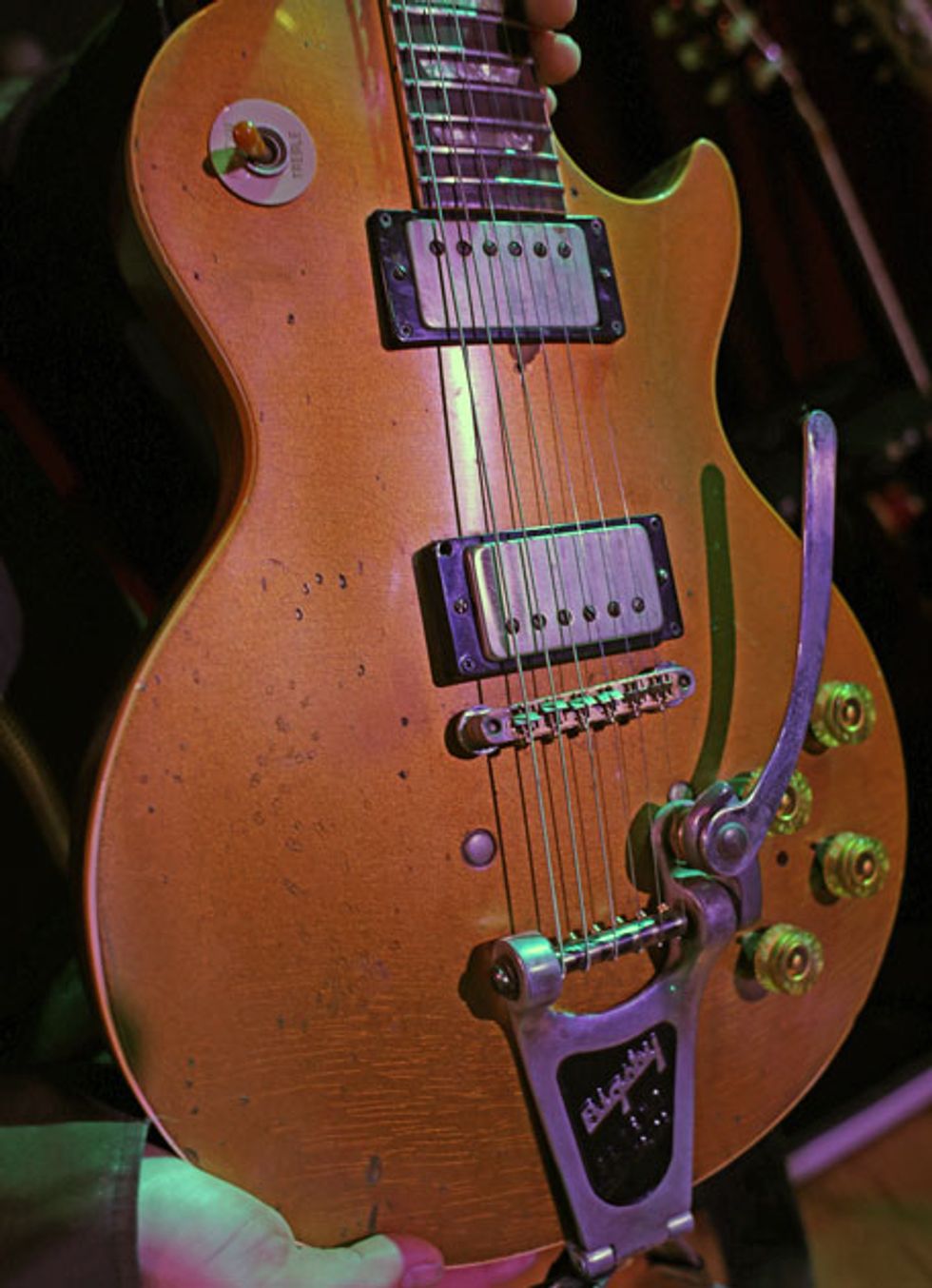
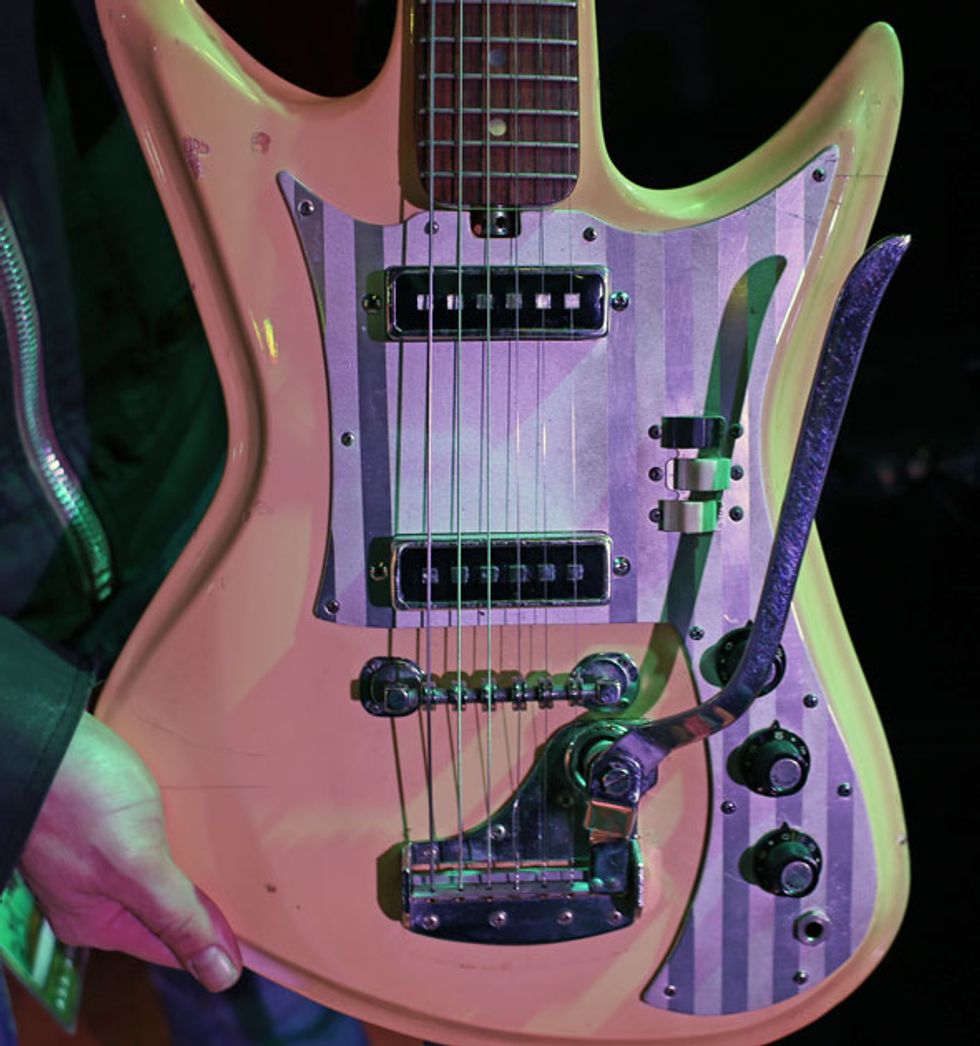
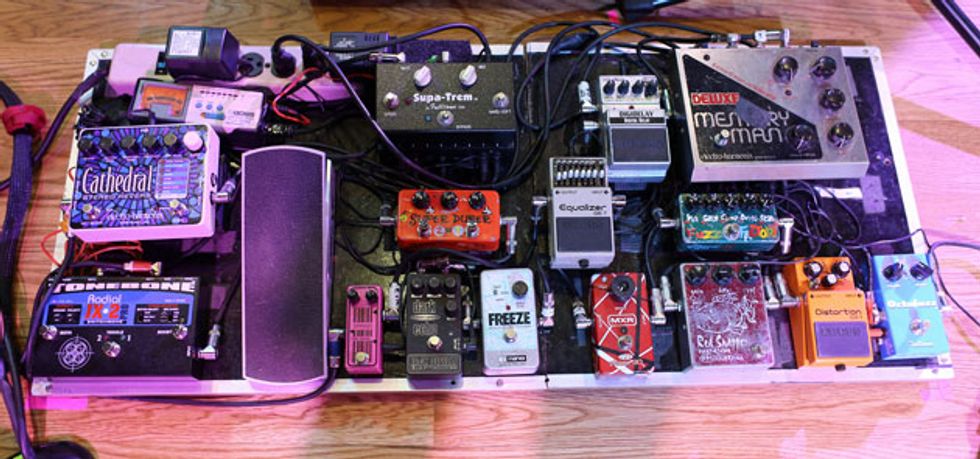
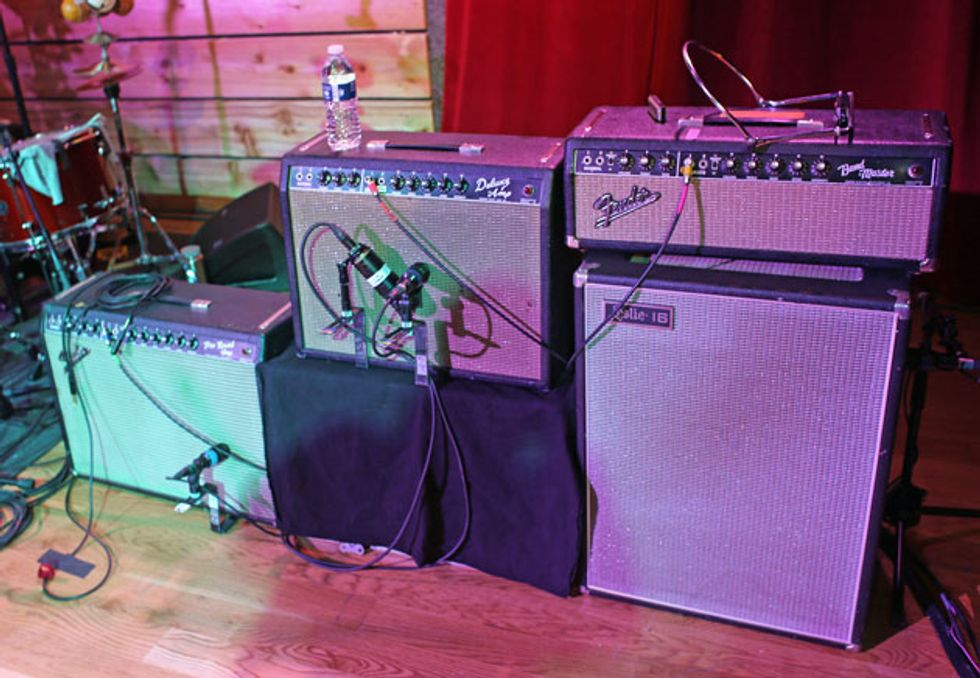
David Sutton's Gear
Basses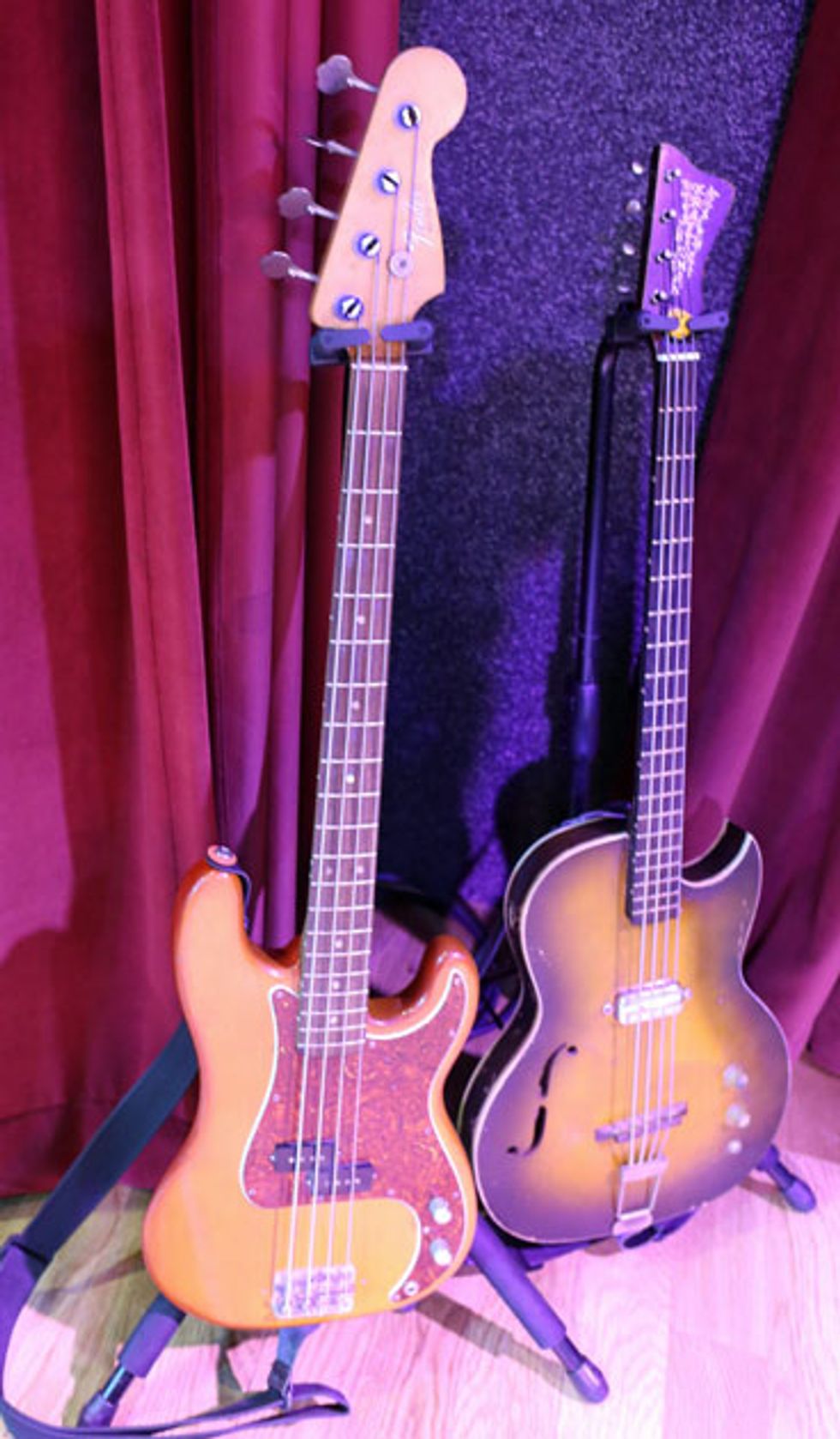
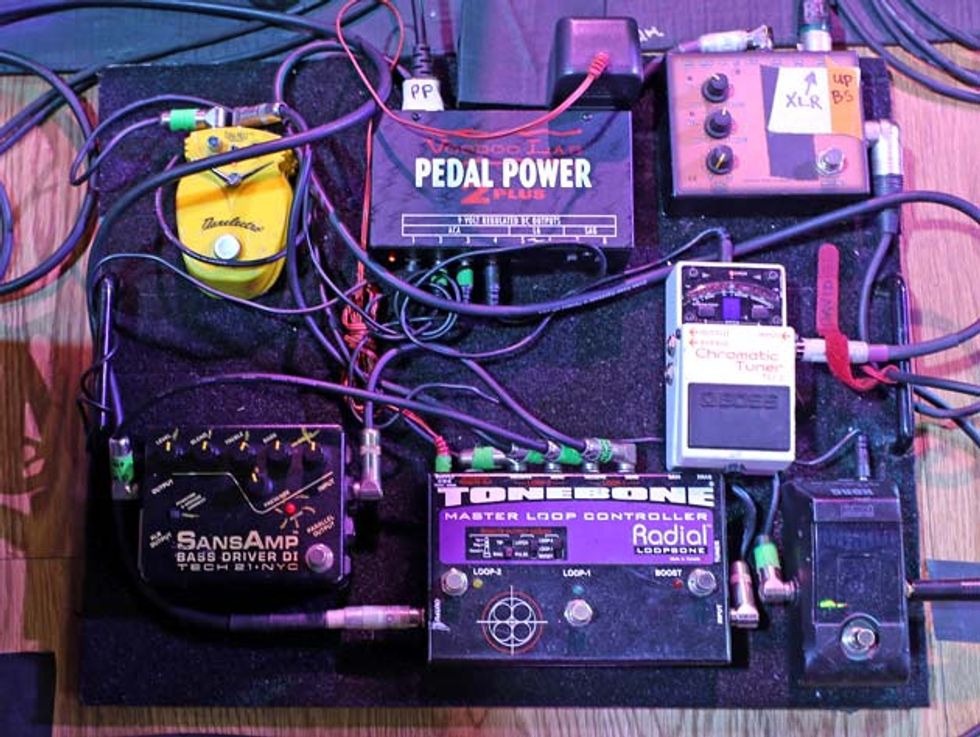
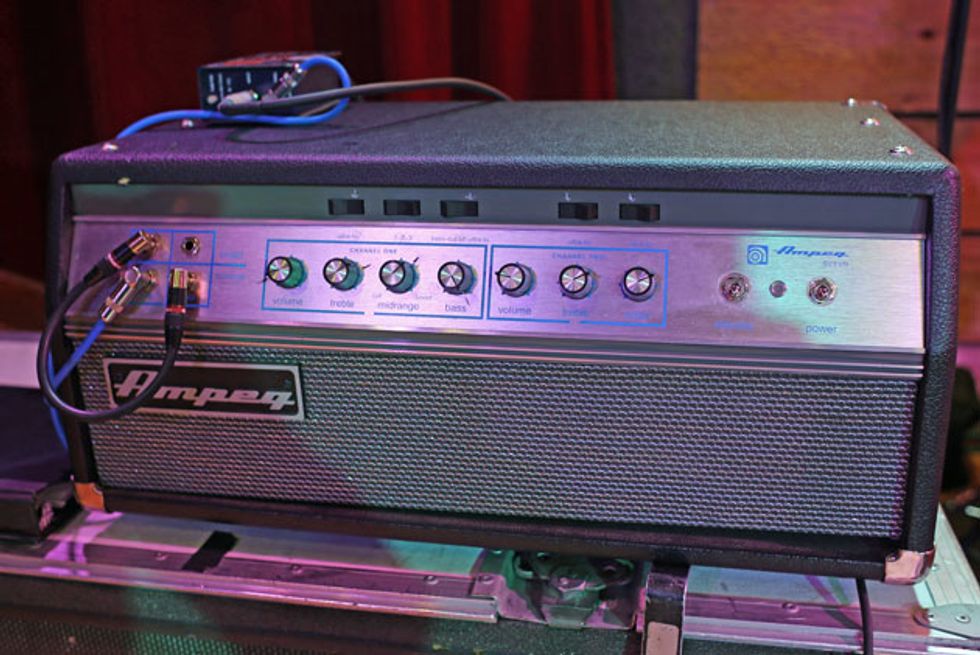

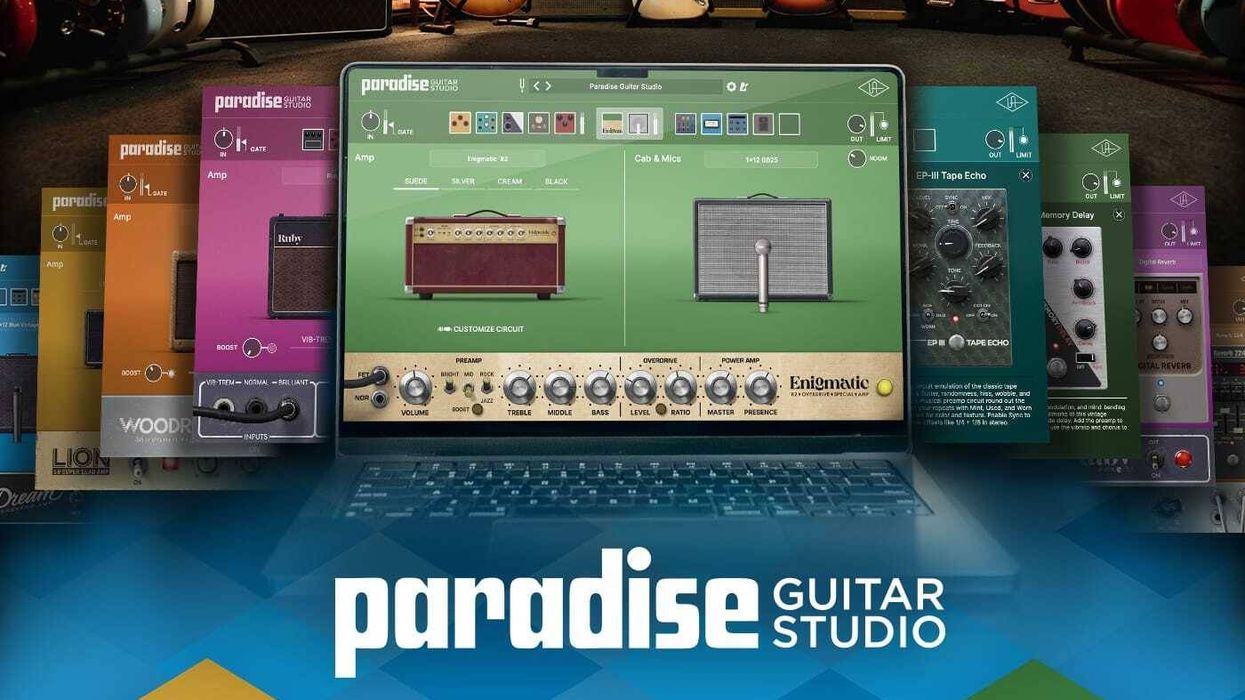
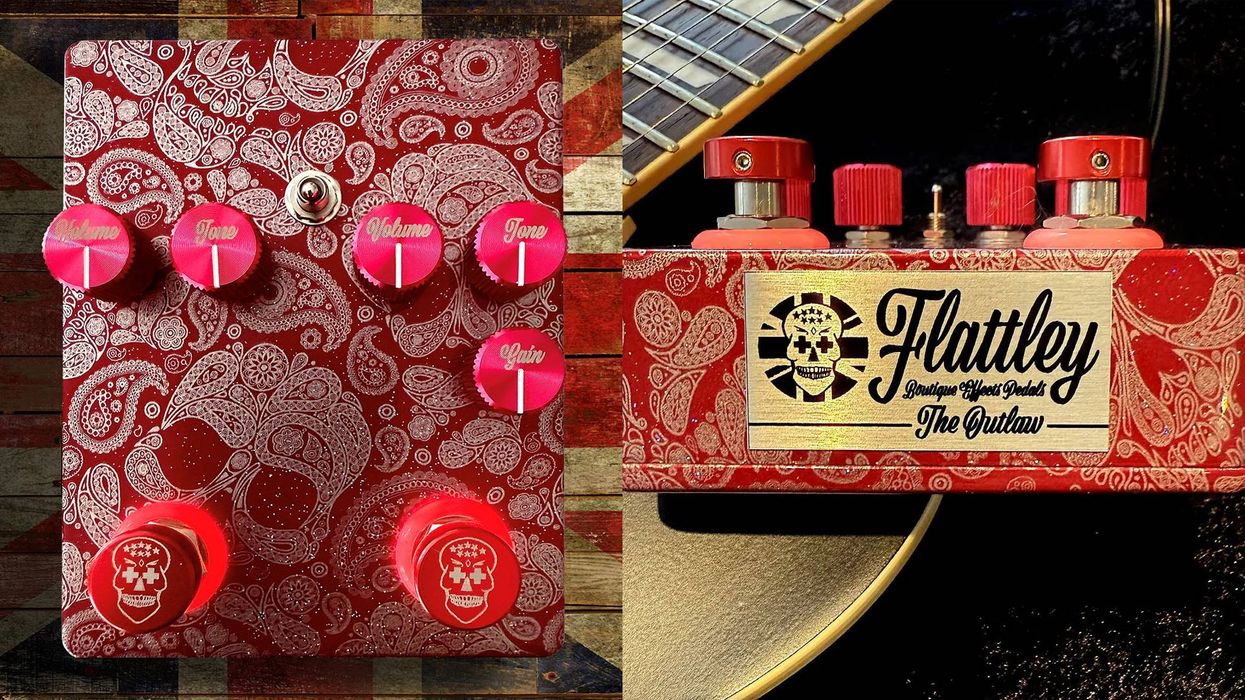

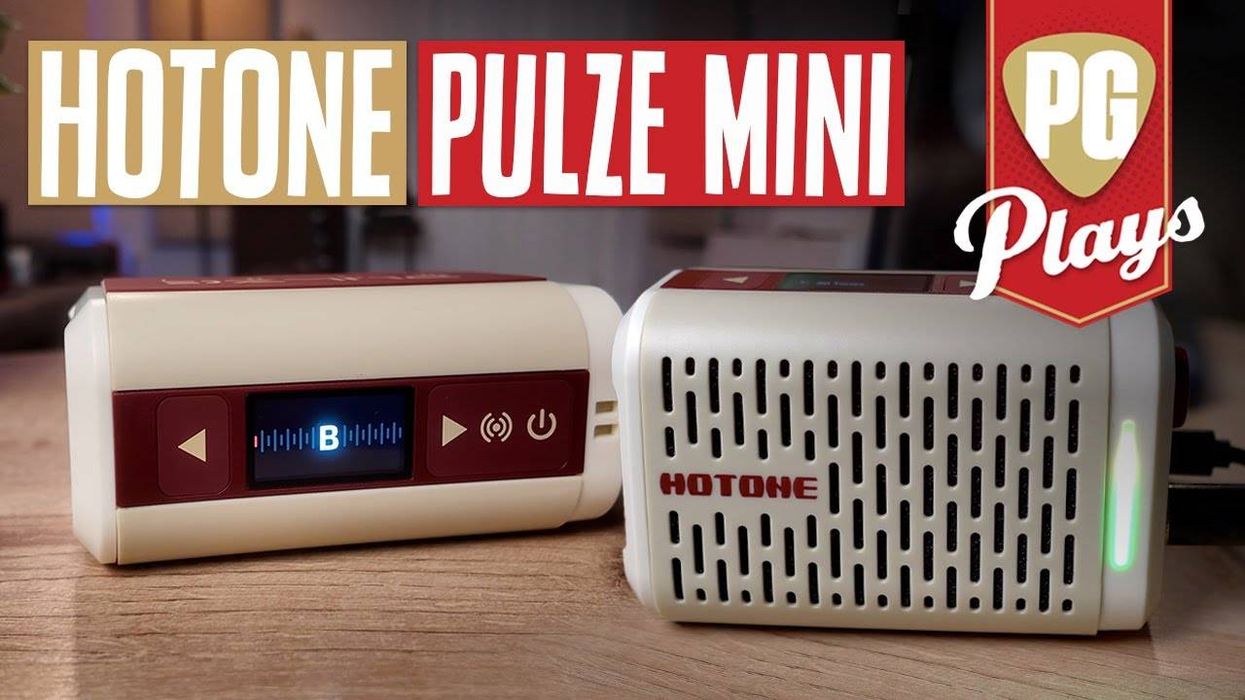
![Rig Rundown: AFI [2025]](https://www.premierguitar.com/media-library/youtube.jpg?id=62064741&width=1245&height=700&quality=70&coordinates=0%2C0%2C0%2C0)












 Shop Scott's Rig
Shop Scott's Rig















































